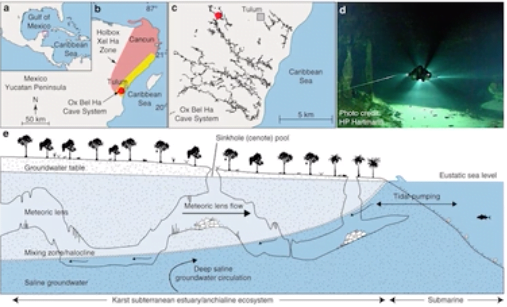Merida is the largest city in the Yucatan peninsula of Mexico with a mostly flat terrain and approximately 9 meters above sea level on average. With limited conveyance infrastructure and almost no surface waters the approach to stormwater management is somewhat non-conventional for such an urban setting. Even with a tropical climate (37.8 inches of rainfall annually) and a robust hurricane season, Merida relies heavily on stormwater injection wells to manage stormwater.
Injection wells can be found all over the city of Merida, injecting stormwater runoff in the underground aquifer between 12 m to 18 m deep. Given the terrain and infrastructure limitations, injection wells are utilized to manage both quantity and quality of stromwater runoff. With such a collectively large volume to inject, special consideration must be taken to locate the wells.
The Overseas Bureau of the United States State Department in collaboration with the Seattle and San Diego based Miller Hull Architecture firm designed a new consulate office building compound in the heart of Merida utilizing the latest in injection well technology. On an approximately 7-acre lot with over 50 injection wells to manage the 1 to 100-year storms placement was critical: leveraging the impervious areas with the site grading. Additional challenges were overcome in the stormwater design since a raw water well and deep sanitary injection well were also located onsite. The compound design reflects a balance on managing a relatively small site against the backdrop of a non-existent municipal stormwater infrastructure and a dramatically fluctuating groundwater table.
This presentation will highlight the importance of geotechnical research, stormwater design, site planning, and project management. It will also present a summary of best practices within the United States for jurisdictions where stormwater injection, or similar technologies, are permitted.
About Instructors






